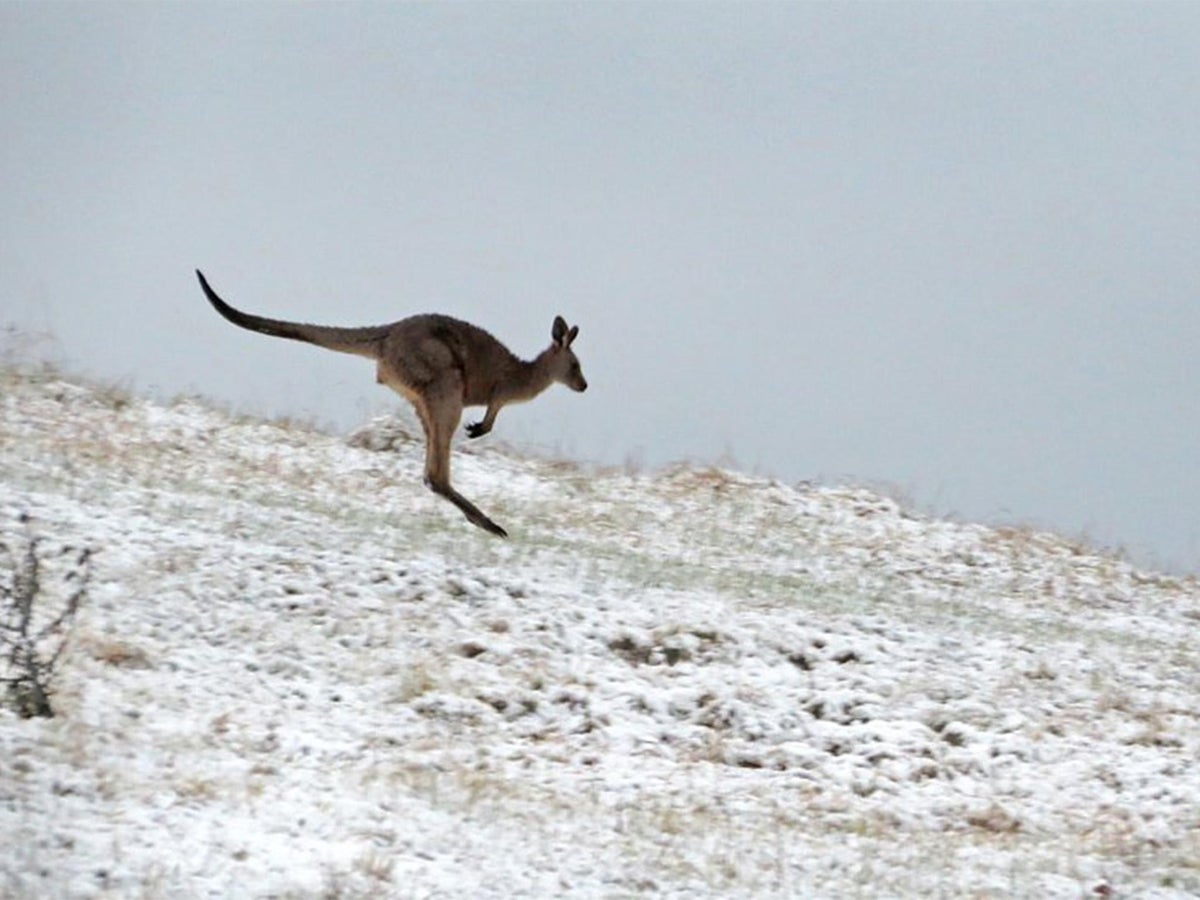Visit the Most Popular Winter Destinations for Snow In Australia This Season
Visit the Most Popular Winter Destinations for Snow In Australia This Season
Blog Article
Discover the Remarkable Effects of Snow in Australia on Local Ecosystems
Regardless of its credibility for sun-soaked landscapes, Australia additionally flaunts areas buried by snow-- a sensation that exceptionally affects the nation's one-of-a-kind communities. The insulating homes of snowflakes safeguard vegetation and animals amidst the chilliest winters months, while the melting snow nurtures rivers and water life.
The Unanticipated Areas of Snowfall in Australia
Although Australia is typically related to sun-scorched landscapes and sandy beaches, particular regions surprisingly experience snowfall. The high nation regions of New South Wales, Victoria, and Tasmania are especially known for their winter months snow. The Snowy Hills in NSW, as an example, obtain plentiful seasonal snow, supplying a stark contrast to the country's common warm, arid climate. The Victorian Alps and components of Tasmania likewise see yearly snowfalls, transforming the landscape into a winter wonderland. These areas are not simply abnormalities however important parts of Australia's varied environment system. The visibility of snow in these areas significantly affects neighborhood ecosystems, subsequently influencing the nation's distinct biodiversity. The details impact on Australia's distinctive vegetation will certainly be discussed in the following area.

Just How Snow Impacts Australia's Unique Plants
While it may seem uncommon, snowfall in Australia plays an essential duty in forming the nation's unique flora. The snow-filled winter seasons foster strength in Australian plant varieties. This is especially noticeable in the alpine and sub-alpine areas, where snow gums and hill plum-pines thrive. These plants have advanced to survive in severe conditions, with snow functioning as a protective covering from freezing temperatures and harsh winds. The snow also adds to the wetness material of the soil, providing essential hydration for plant life throughout the completely dry summertime. Basically, the snow influences the timing of flowering and seed dispersal, the development prices, and the survival of lots of plant varieties, showcasing the elaborate interplay between climate and vegetation in Australia.

The Adjustments of Australian Fauna to Snowfall
Just as Australia's flora has actually adapted to the wintery problems, the regional fauna also, display impressive adaptations to the snowfall. It makes use of the snow as insulation, hibernating in rock crevices underneath the snow to stay cozy. The Snow Skink, a varieties of lizard, transforms its colour to white throughout winter months, providing camouflage versus predators.
The Function of Snow in Shaping Local Communities
In forming the regional environments, the duty of snow in Australia is both extensive and multilayered. It influences the distribution of plants and fauna, largely defining the biodiversity of towering and sub-alpine areas. Snow supplies an essential water resource, feeding rivers and reservoirs as it thaws, thus sustaining a variety of water life kinds. Furthermore, snow serves as an insulator, shielding ground-dwelling organisms from severe cold. In a similar way, it plays a substantial role in dirt development and nutrient biking. The periodic freezing and thawing of soil caused by snowfall promotes the malfunction of rocks, improving dirt fertility. The presence of snow shapes the greenery patterns, pet behavior, and general sustainability of Australia's one-of-a-kind communities. Go Here

The Future of Snowfall in Australia: Ramifications and forecasts

Offered the essential role snow plays fit neighborhood environments, the future of snowfall in Australia is attracting enhancing focus from scientists and conservationists. Current climate versions forecast a substantial decline in snowfall due to worldwide warming, with possibly profound see this influence on local environments. Much less snow can lead to reduced water accessibility in alpine regions, adversely impacting wildlife environments and plant life. Furthermore, it can change the timing of seasonal adjustments, interfering with the life cycles of several indigenous types. The tourism sector, heavily reliant on the wintertime snow season, might also deal with considerable obstacles. Consequently, understanding these forecasts and their ramifications is critical to establish effective preservation strategies, making sure the preservation of Australia's one-of-a-kind biodiversity and the sustainability of its economic situation.
Verdict
The duty of snow in Australia's ecological communities is critical yet frequently ignored. It serves as a guard, a nurturer, and a shaper of diverse towering species, adding to the splendor of Australia's high nation. As climatic patterns remain to move, understanding the effects and read this possible transformations of these snow-influenced communities is important. Hence, the snow in Australia is greater than an all-natural spectacle; it's a vital player in the nation's environmental story.
Regardless of its track record for sun-soaked landscapes, Australia also flaunts areas blanketed by snow-- a phenomenon that exceptionally influences the nation's unique environments. It uses the snow as insulation, hibernating in rock gaps underneath the snow to stay warm - Snow In Australia.In forming the regional environments, the duty of snow in Australia is both multilayered and profound. The existence of snow shapes the greenery patterns, animal habits, and overall sustainability of Australia's one-of-a-kind ecological communities
Provided the critical duty snow plays in forming local ecological communities, the future of snowfall in Australia is drawing increasing interest from environmentalists and researchers.
Report this page